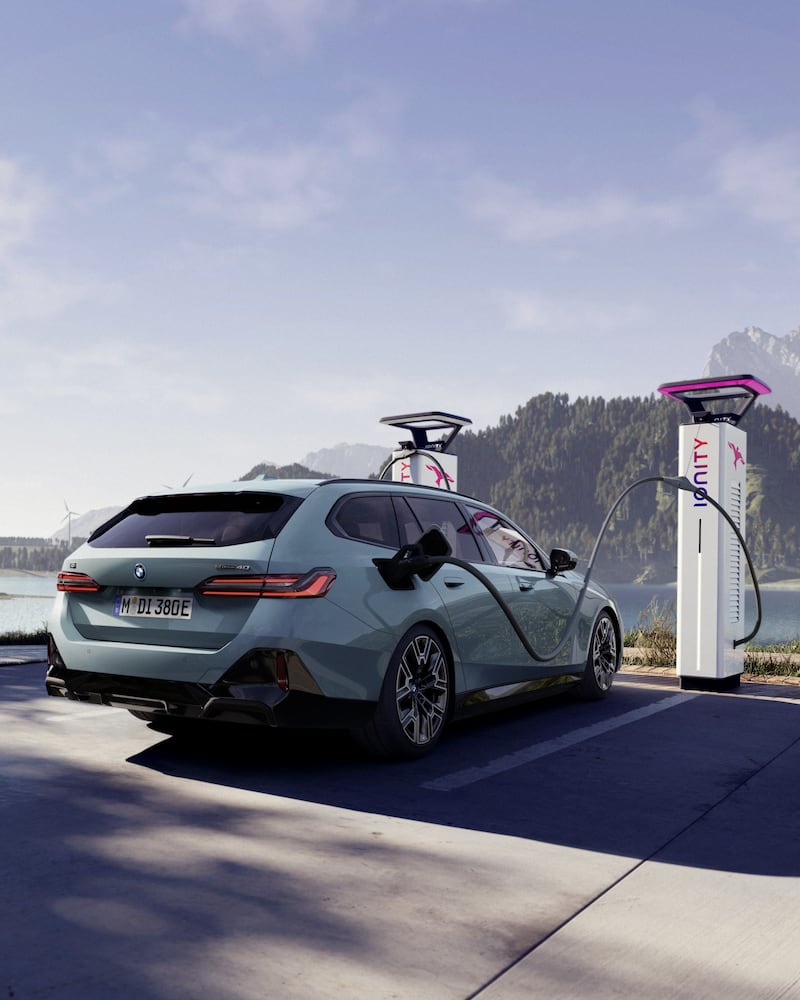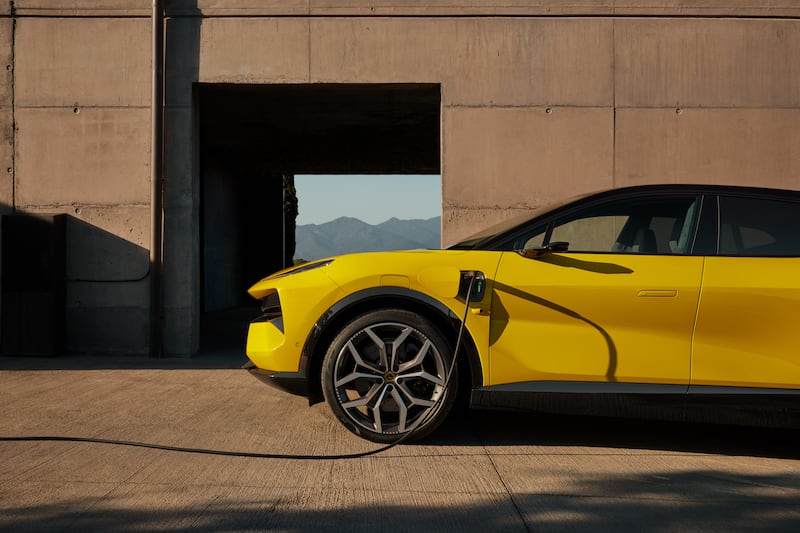In Ireland in February, 1,866 new electric cars were registered. According to the Society of the Irish Motor Industry that number added to January’s total means that 5,968 new electric cars have been registered here since the start of the year. This represents just a 1.4 per cent increase on the same period in 2023 amid a total car market that grew by more than 18 per cent.
Worse still, February’s figures actually represent a 15 per cent fall in the sales of new electric cars – and even those figures were somewhat propped up by car makers and dealers self-registering demonstrator cars. Following four years of stratospheric growth, has Ireland suddenly fallen out of love with the electric car?
As with so many things, it’s not quite that simple. It’s more the case that those who are in love with electric cars remain so. Meanwhile, the rest of Ireland’s car buyers – the vast majority – haven’t felt the tug of EV heartstrings at all yet and are holding off on buying one until they’re well and truly certain that the pricing, technology and charging infrastructure meets their needs.
Ireland is far from alone in seeing a cooling of electric car ardour. In the UK in December, EV sales fell and the slack was picked up, in the main, by diesel power. In Ireland in February, there was a small uptick in diesel sales as EV sales fell but, for the most part, Irish car buyers are flocking to hybrids and plug-in hybrids as an electric stepping stone.
Why, though? We have heard little else but publicity for electric cars in the past four years and triple-digit-percentage sales increases seemed, for a time, the norm. It even looked as if it might be possible to meet the Government’s lofty aspiration of having one million electric cars on Irish roads by 2030 (there are currently slightly more than 100,000).
The Society of the Irish Motor Industry is placing the blame firmly at the feet of that same Government, and that same Government’s propensity for tinkering with the levers of electric car incentives.
“The figures should not come as a surprise given that the Government was provided with a report published in 2022 noting the fall in EV sales in Denmark when financial supports were withdrawn,” says chief executive of vehicle telematics experts Geotab, David Savage.
“Now is the time to reverse course, not only returning subsidies to their previous level but going above and beyond that by putting supports in place to boost EVs’ popularity. Specific initiatives could include a scrappage scheme for older, high-polluting vehicles; enabling free tolls for specific EV owners and tailored subsidies for lower-income households, as zero-emission vehicles remain out of reach for many people.”

Scrappage schemes – so often the crutch of the Irish car trade – have been proposed and quashed many times in the recent past but Brian Cooke, the director general of the Society of the Irish Motor Industry, says the Government has to play its part all the same.
“This slowing down in EV sales is not unique to Ireland and is reflective of other new car markets. It is typical of the life cycle in the adaption of any new technology, where there is a gap between early adaptors and the early majority consumers,” says Cooke.
“This is happening at a time when we need to accelerate the growth in EV sales. The electrification of the car fleet is strategically important. It will cut transport emissions and shape the future of the Motor Industry. To speed up the move to EVs in the wider motoring public the industry and Government must keep working together. For the industry, this means the rolling out of more EV models. For Government, it means extending incentives and investing in the national charging infrastructure.”
The price of EVs – generally higher by as much as €10,000 like-for-like compared their petrol and diesel equivalents – remains a sticking point, even though the cheaper electric car has certainly arrived. Volkswagen, for example, has trimmed the price of many of its electric models by four, even five-figure sums, while Tesla has been cutting prices for some time to stay ahead of incoming cheap Chinese opposition.
That Chinese opposition is well and truly here too, with the likes of BYD offering a 300km-capable Dolphin hatchback for slightly more than €25,000. Later this year Renault will launch its chic-looking new 5 EV – complete with retro 70s styling – for around the same price.
However, lower new car prices have led to a near collapse in second-hand electric car values, which is seriously affecting the affordability of a trade-in or trade-up for many buyers, especially those who did not buy their EV with PCP finance. That uncertainty, combined with similar angst over fast-evolving battery technology, and continuing worries about the state of the public charging network, is making many buyers at the least cautious about committing a substantial sum on what they see as unproven tech.

While models with bigger batteries have arguably wiped out range anxiety, the problem has now shifted to charging anxiety. Most drivers only cover a small mileage each day, which can be easily covered by most EVs without needing to top up, and charging at home is the cheapest and best solution for many, according to EV enthusiasts. Those enthusiasts are failing to take into account people’s needs for their cars to be flexible, however, and those who may need to undertake regular long journeys, or who simply worry that they might need to at short notice, are too often let down by a sparse, sclerotic, and expensive public charging network.
Notably, as domestic electricity prices have fallen in recent months, the cost of using a public EV charger has not, in spite of repeated promises that it will, and consumers will have made a beady-eyed note of that.
SSE, the energy company, has recently got into the public EV charging game and Sean O’Callaghan, the company’s project development manager for Ireland, is scathing in his summation of the state of the current network, especially where commercial users are concerned.
“The phrase in EV driving that annoys me most is ‘as quickly as possible’. I cannot express in polite terms how much I hate that phrase” says O’Callaghan.
“If you pull up to a single 50kW charger and there are two people queuing ahead of you, you could be waiting an hour and a half. Maybe two hours. So ‘as quickly as possible’ is of no use to you. What you need is exactly when you expect to get back on the road. That’s the only thing that counts, and no other metric matters.
“If you show up at a facility and you know that, at minimum, it will charge your car up at, say, 6km per minute, and you need to get 100km to reach home, then you know you’ll be there for less than 20 minutes. If it happens quicker, then great, but at least you have that assurance of 20 minutes.
“That’s what businesses need, especially fleet operators, especially those with scheduled deliveries. If the driver can take their 45-minute break and know that they will be able to get reliable charging, then they’re back on the road on schedule. And then they can schedule and make business plans around it. Without that assurance of service, they can’t.”
In some ways, what will fix this problem is time. In the adoption of any new technology there is always a slump after the initial early adopters have had their fill while the rest of the market catches up. However, the gap in the graph is not easily predictable and it will be hugely influenced by exterior forces such as vehicle pricing, battery technology and charging infrastructure.














